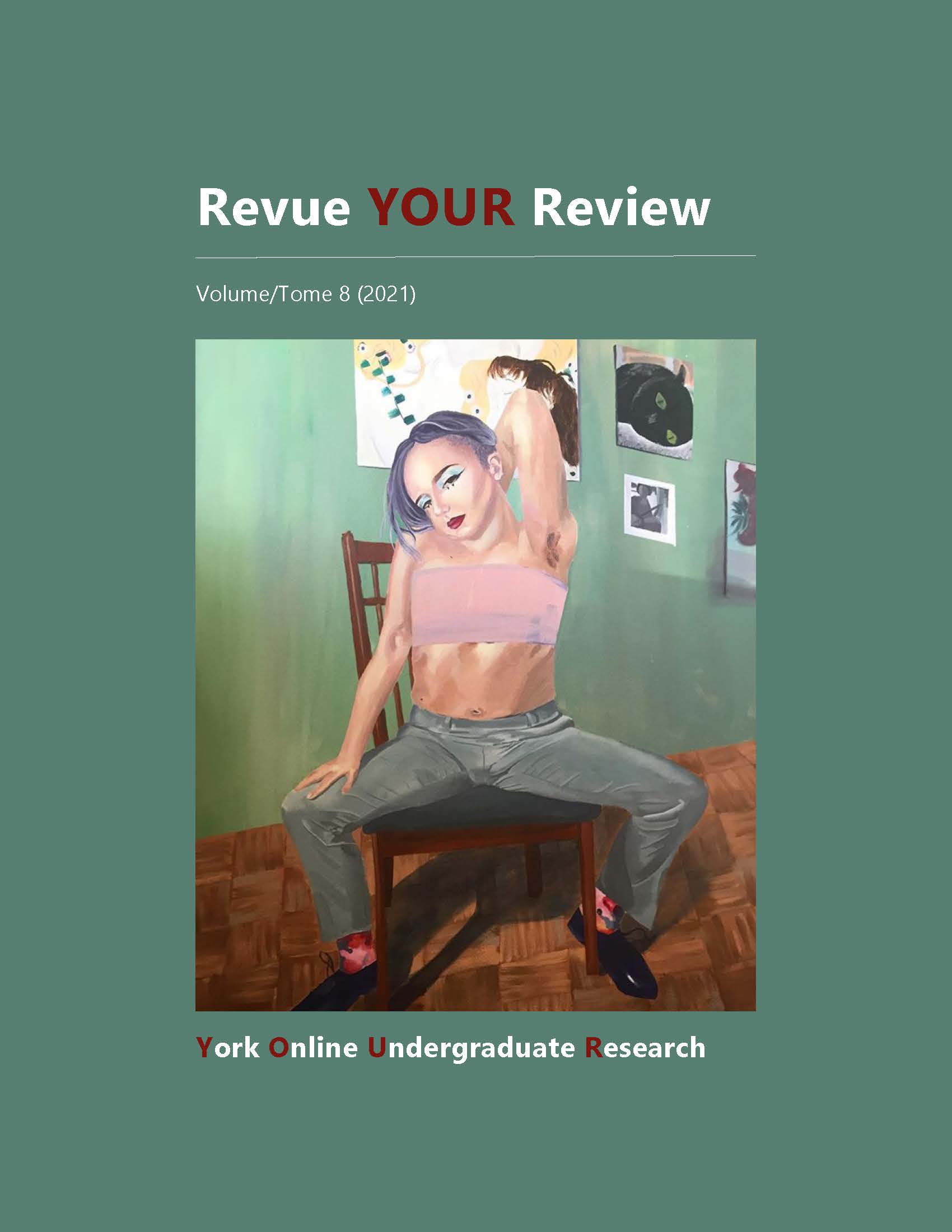Performing Indigenous nationhood: The use of embodied knowledge in resistance and resurgence
Résumé
In a settler colonial dominated society, Indigenous people’s embodied potential for resistance to erasure and the resurgence (revitalization) of their nations lie in their world views. It is imperative to understand that (1) Indigeneity is a way of life that is active, lived, and relational, endlessly signified through Indigenous place-based ecological philosophies, (2) these worldviews are incompatible with a Eurocentric capitalist worldview, and (3) as such, these worldviews have been disparagingly portrayed as primitive and targeted for erasure. This essay centralizes the Indigenous body as a source of agency (capacity to act) and argues that gestural vocabulary, as embodied archives of Indigenous Knowledge, are political tools of resistance and resurgence as they counter colonial portrayals of Indigenous peoples, repatriate ancestral Indigenous Knowledge to the present, and (re)assert relationality to place. The first part of this exploration establishes the centrality of embodiment to Indigenous worldviews and provides examples to demonstrate how performance is used as a method of teaching and of realizing spiritual, social, legal, and political obligations. The second part focuses on the imperative of recentering ancestral knowledges in one’s Indigenous being in order to be politically resistant and resurgent. Finally, through Martineau and Ritskes’ use of “decolonial aesthetics,” three examples of contemporary Indigenous performers—Sam Mitchell, Neil Morris, a.k.a DRMNGNOW, and sister duo Piqsiq—are analyzed to illustrate how performance is used as a way to re-ancestralize the present, assert Indigenous political difference, and envision possibilities of Indigenous futurities outside the confines of the settler state.
Téléchargements
Publié-e
Comment citer
Numéro
Rubrique
Licence
LicenceLes auteurs qui contribuent à la Revue YOUR Review acceptent de publier leurs articles selon une des trois catégories de la licence 4.0 : Creative Commons Attribution 4.0 International; Creative Commons Attribution-Pas d'Utilisation Commerciale 4.0 International; ou Creative Commons Attribution-Pas de Modification 4.0 International. Tout contenu éditorial de ce site ainsi que les affiches et les résumés sont sous la licence Creative Commons Attribution-Pas de Modification 4.0 International. Pour plus d’informations, veuillez voir :
https://creativecommons.org/licenses/
Dans tous les cas, les auteurs conservent leurs droits d’auteurs et concèdent à la Revue YOUR Review le droit de première publication. Les auteurs peuvent, par la suite, conclure d’autres accords de distribution non exclusifs de la version publiée dans ce périodique (par exemple, l’afficher à un dépôt institutionnel ou le publier dans un livre ou dans un autre périodique) à condition que la reconnaissance fasse mention de la publication originale dans la Revue YOUR Review.


